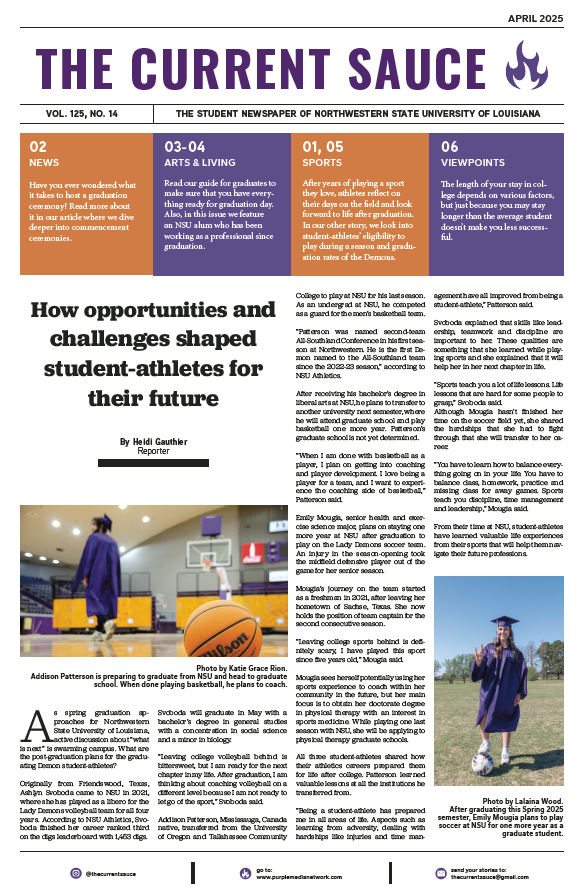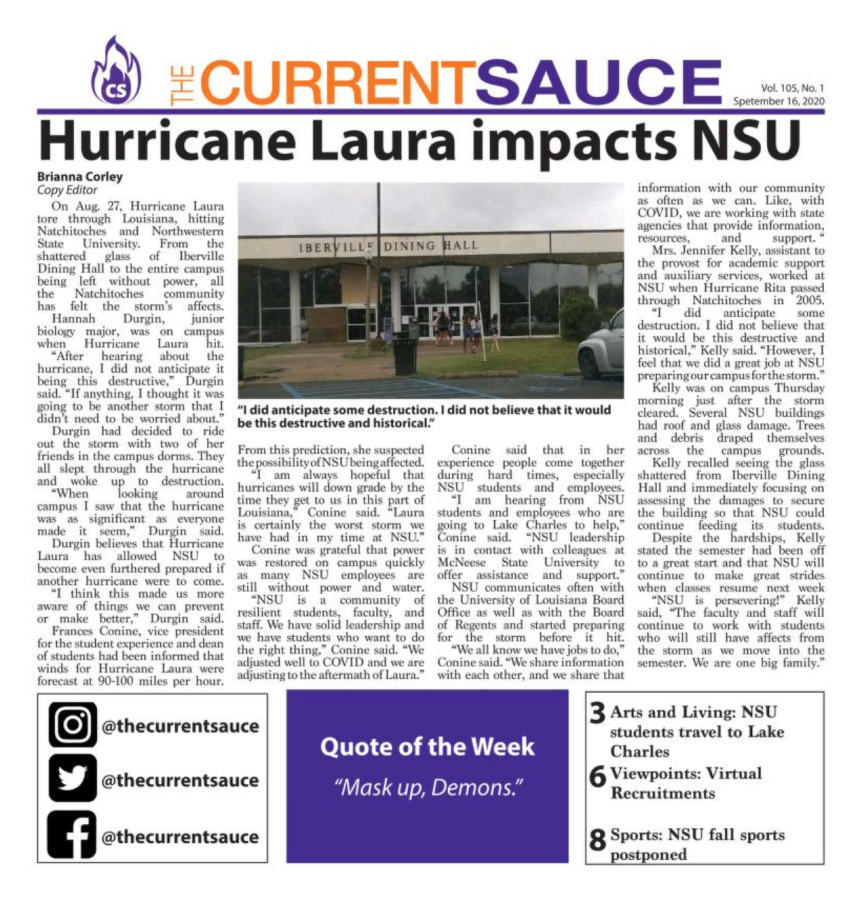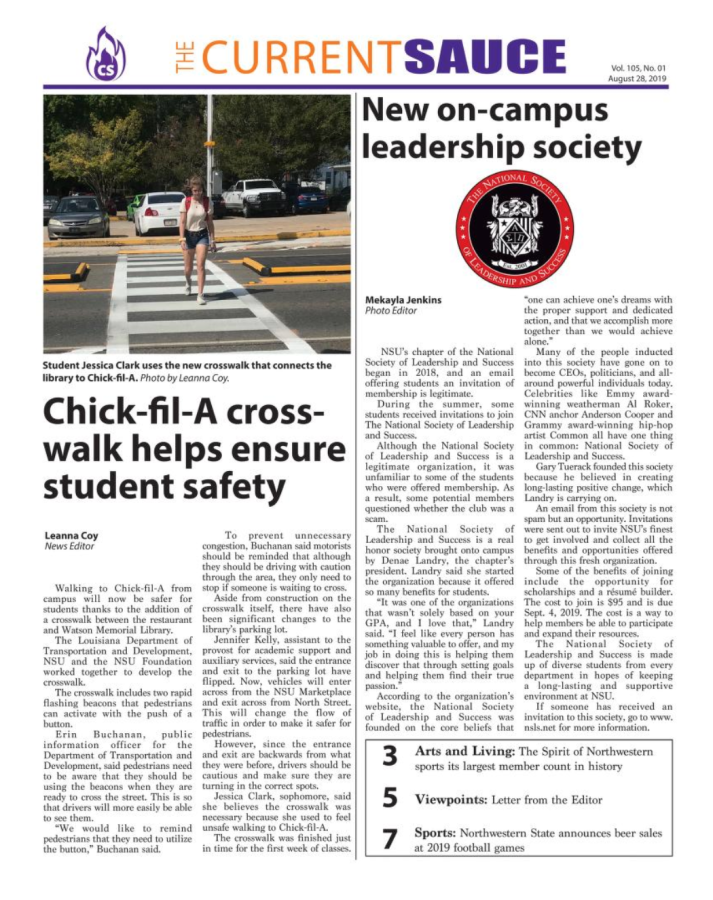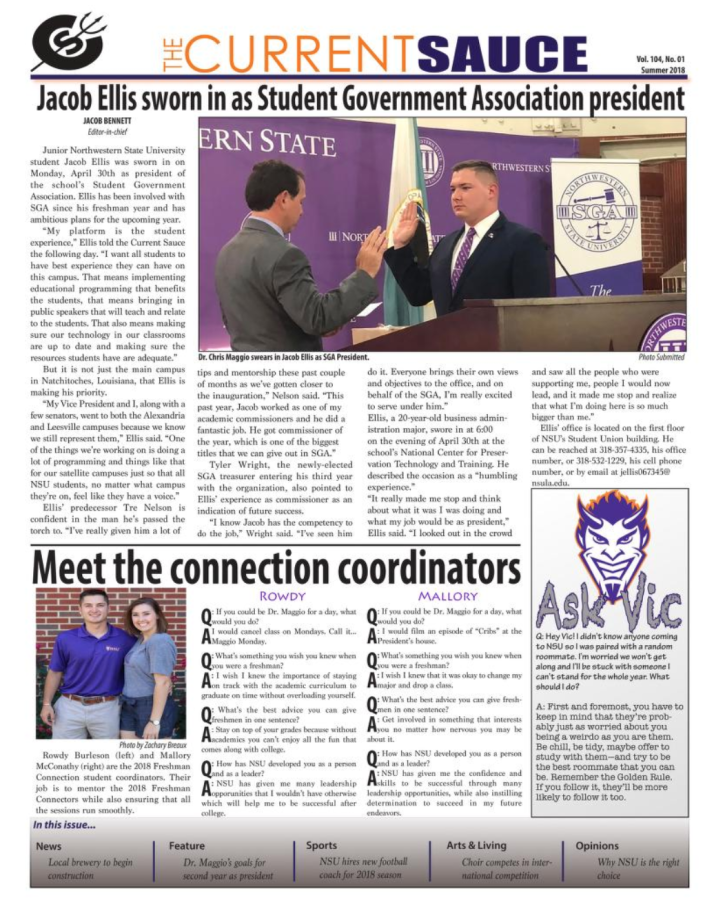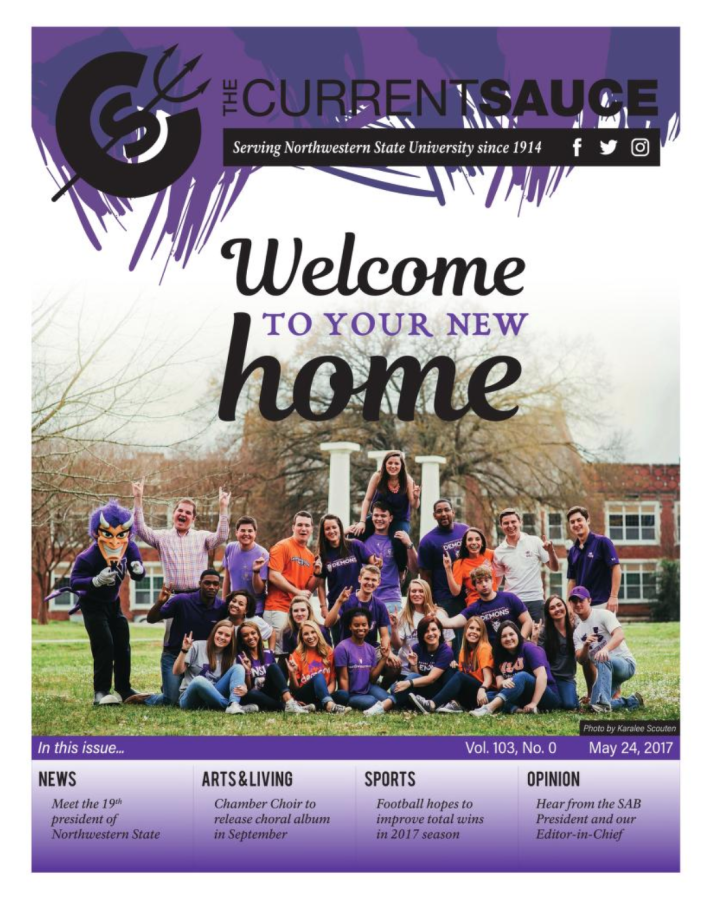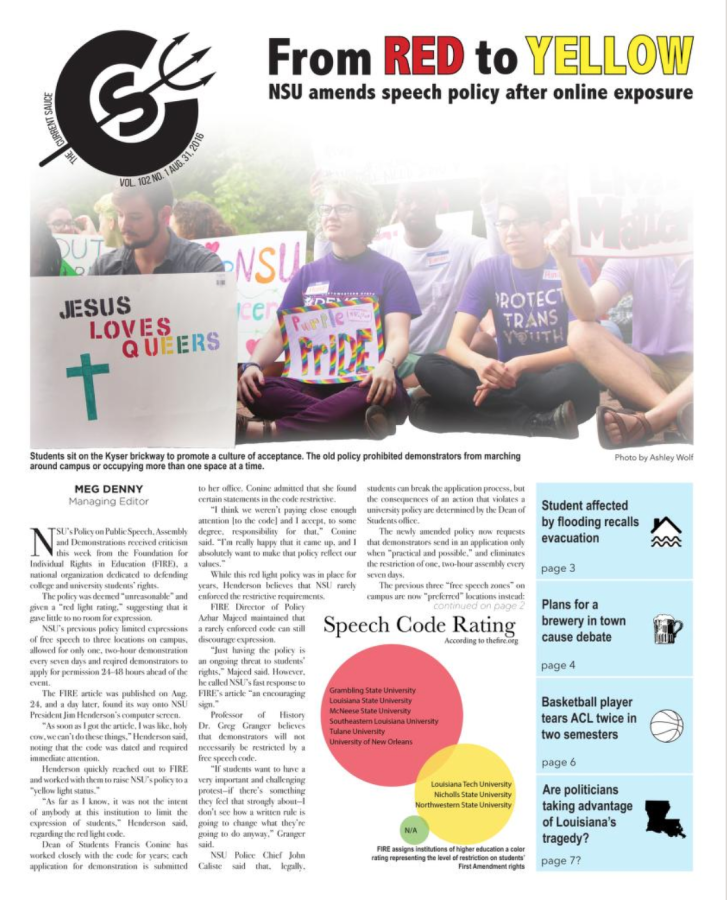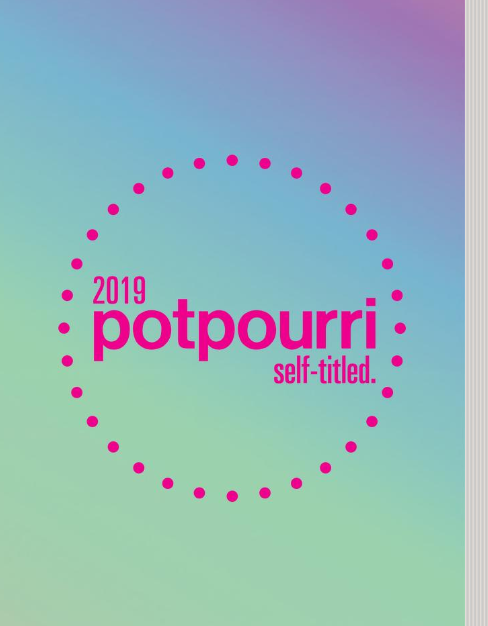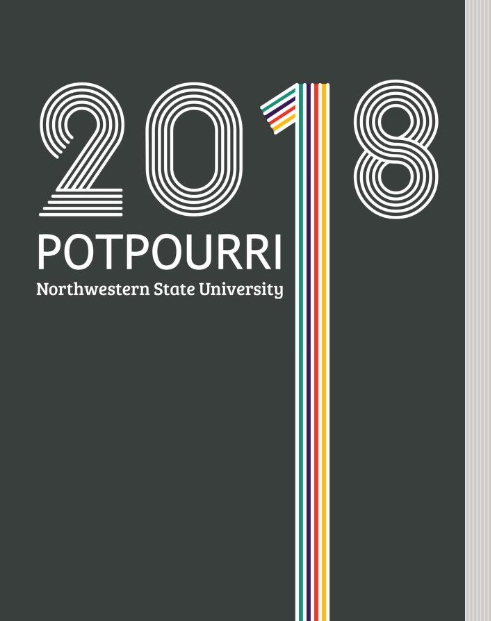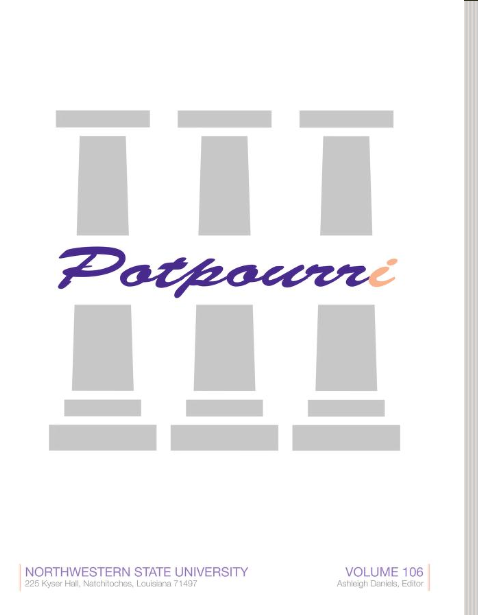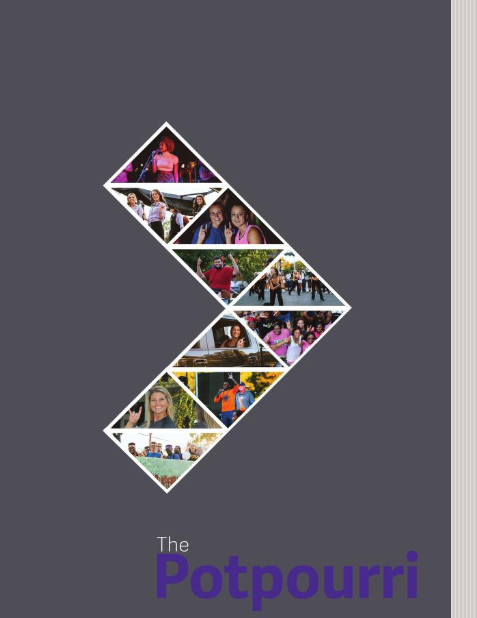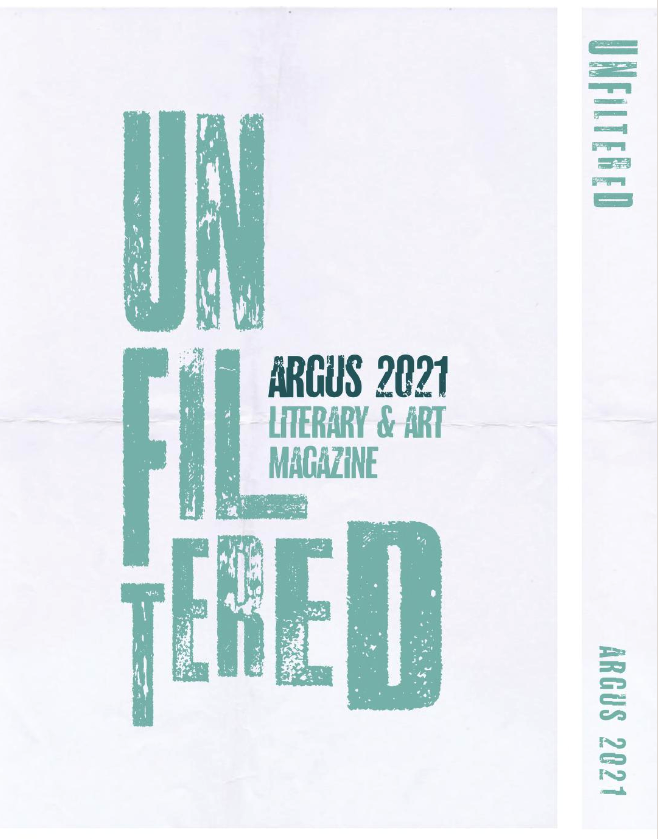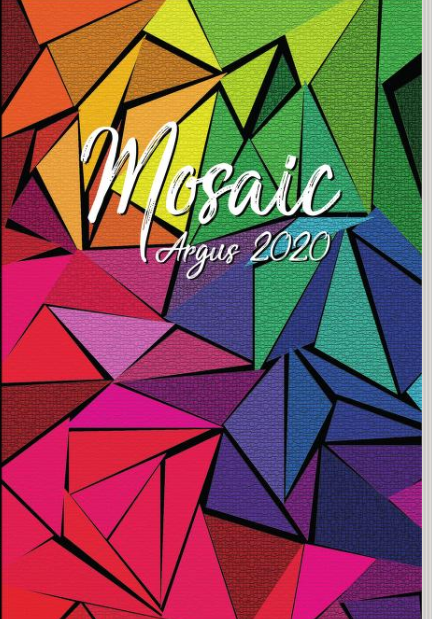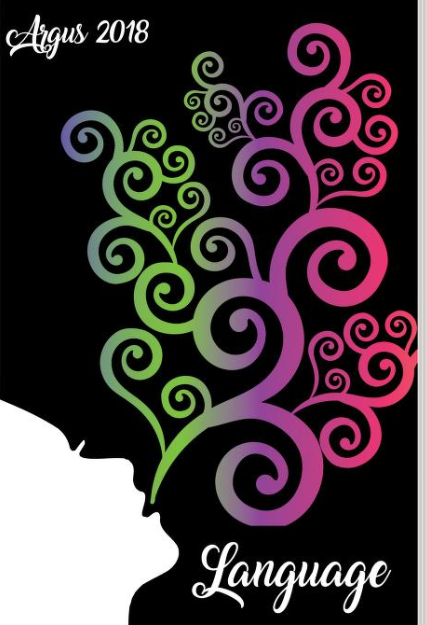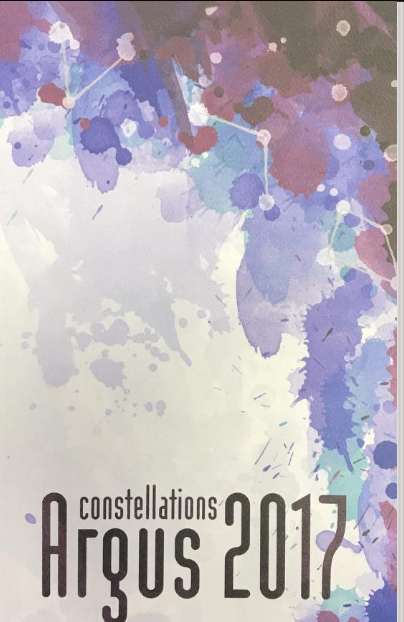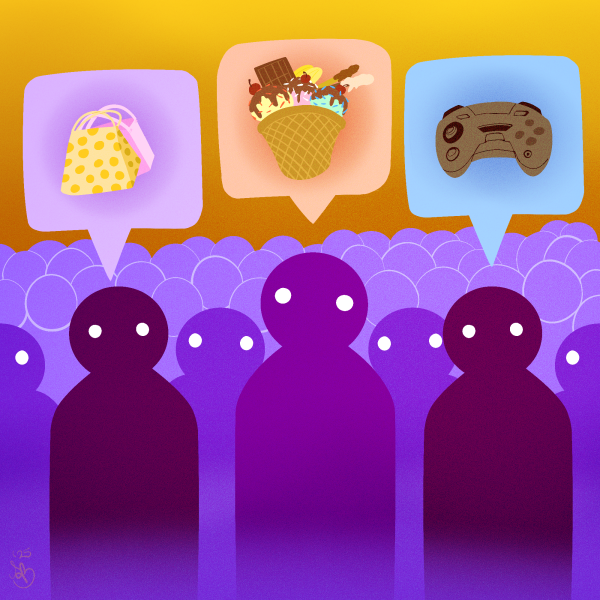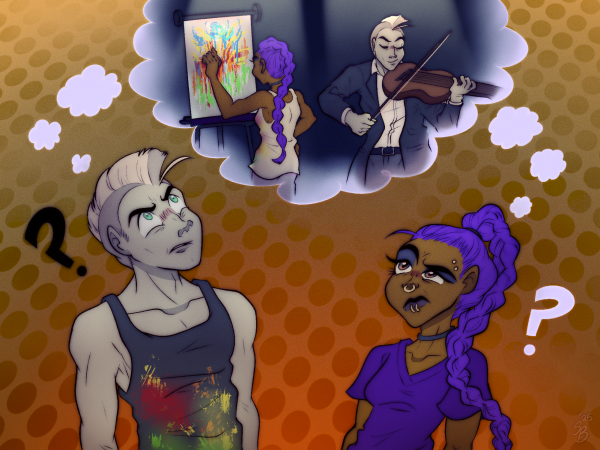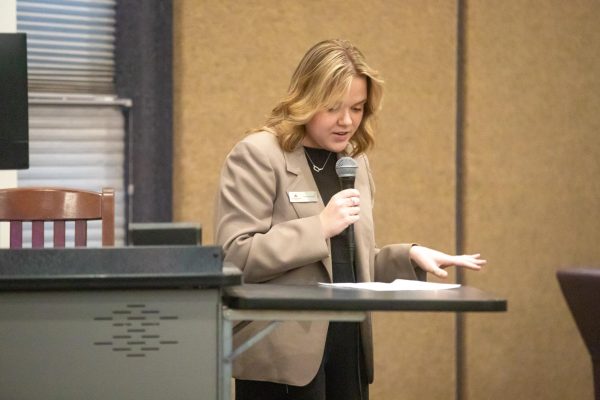So it goes: banned book week

“kurt-vonnegut” by Rashawerakh is licensed under CC BY-NC 2.0
Kurt Vonnegut’s novel “Slaughterhouse Five” is among the most famous banned books.
Through the centuries of having written language, there have always been books that some find too sensitive to allow youth to read or be taught in schools. The week of Sept. 27 through Oct. 1 is widely celebrated as Banned Books Week, meant to call attention to the importance of the books that have been banned by schools across the United states.
So it goes.
Some of my favorite banned books are “1984,” “The Color Purple,” “The Perks of Being a Wallflower,” “Lord of the Flies,” “Of Mice and Men,” “The Giver,” “Harry Potter and the Sorcerer’s Stone” and “Catch-22.”
My favorite author, the late Kurt Vonnegut Jr., wrote one of the most popular, and my all time favorite, banned book that is to this day forbidden from some schools and continues to be challenged.
“Slaughterhouse Five” was first banned in Levittown, New York in 1975 for excess vulgar language, sexual situations and gory scene descriptions. It was later banned in North Jackson, Ohio and Lakeland, Florida.
When it comes to the violent scenes described in “Slaughterhouse Five,” they all have to do with World War II. This should be seen by parents and educators as portraying the war as it really happened, because when we push away the reality of all the death and violence, we are hiding the truth from the ignorant and only showing the “savory” parts of the war.
So it goes.
Vonnegut tells his own story within the banned novel, saying at the beginning, “All this happened, more or less.” He speaks of being a prisoner of war during the firebombing of Dresden, Germany, which he survived by taking shelter in a meat locker. He was then forced to deal with the remnants of the attack by the allied forces.
Having never had this novel assigned to me during an English course, I was lucky enough to have a literature instructor who loaned me a copy of the novel, which then got me hooked on Vonnegut. Thankfully, Vonnegut’s work has never been banned in my schools.
Vonnegut has a way of using words to portray what happened to him, while also giving the reader a story they can enjoy, that is if you like science fiction.
When reading “Slaughterhouse Five” you wonder what is going to happen next or where you are going to go. It is like reading a book where you already know the ending, but the author writes so creatively that you are enthralled until the last sentence.
So it goes.
There are many of Kurt Vonnegut’s novels that have unsavory plot points that are not banned, such as “Slapstick” which features a deformed brother and sister who have rather unspeakable relations. As well as “Breakfast of Champions,” which contains several murders.
I am of the belief that “Slaughterhouse Five” was banned from being taught in some schools due to the negative portrayal of veterans and only guised under the violence and vulgar language. If vulgar language is enough for a book to be banned, one has to wonder how saintly those are that pushed for the banning.
Some find that controlling what youth read will help to make sure they aren’t given access to sensitive material too early. With the technological advancements we now have, that sounds like an impossible mission to accomplish. Having a book banned only makes me want to read it even more.
So it goes.




